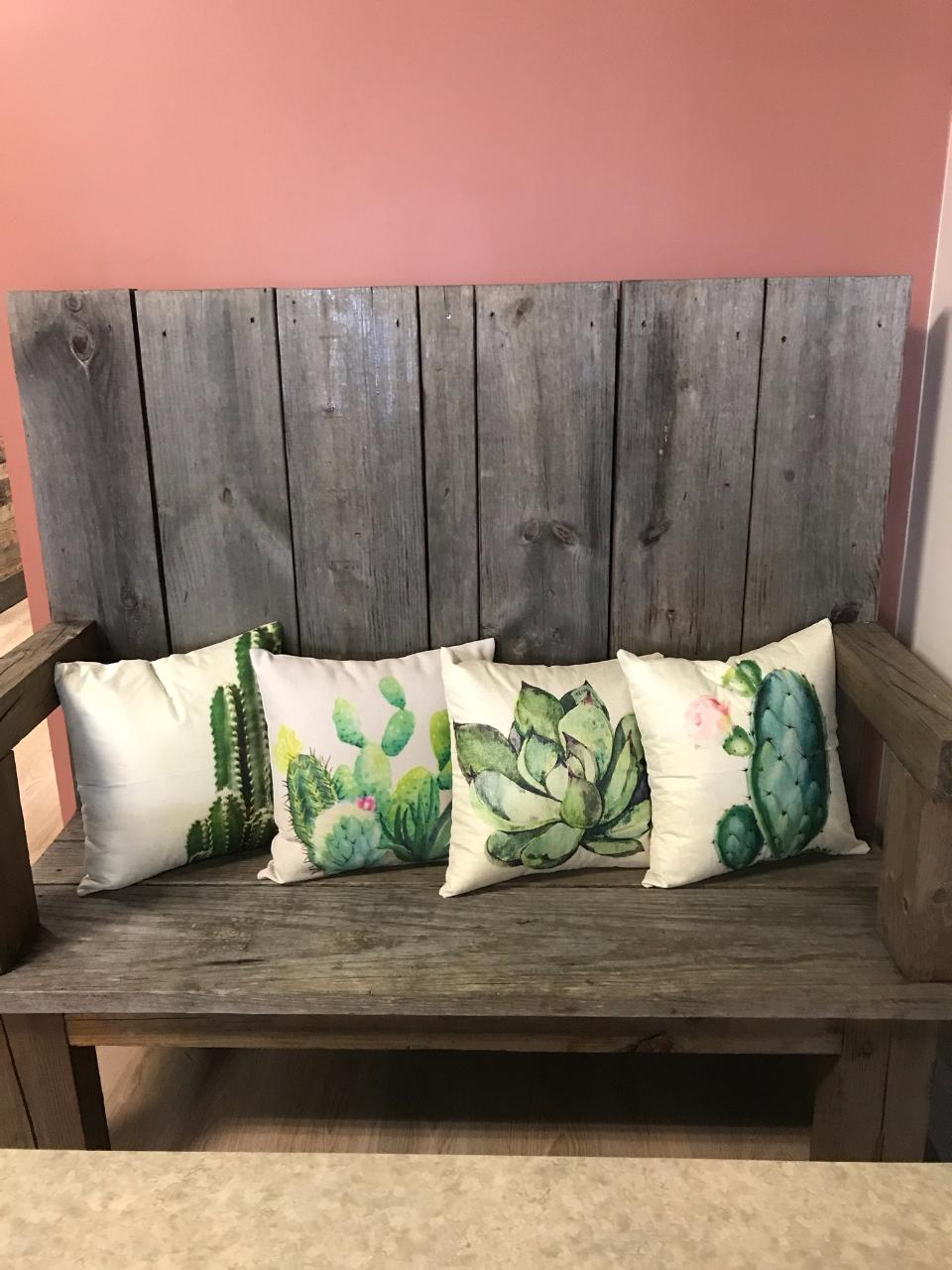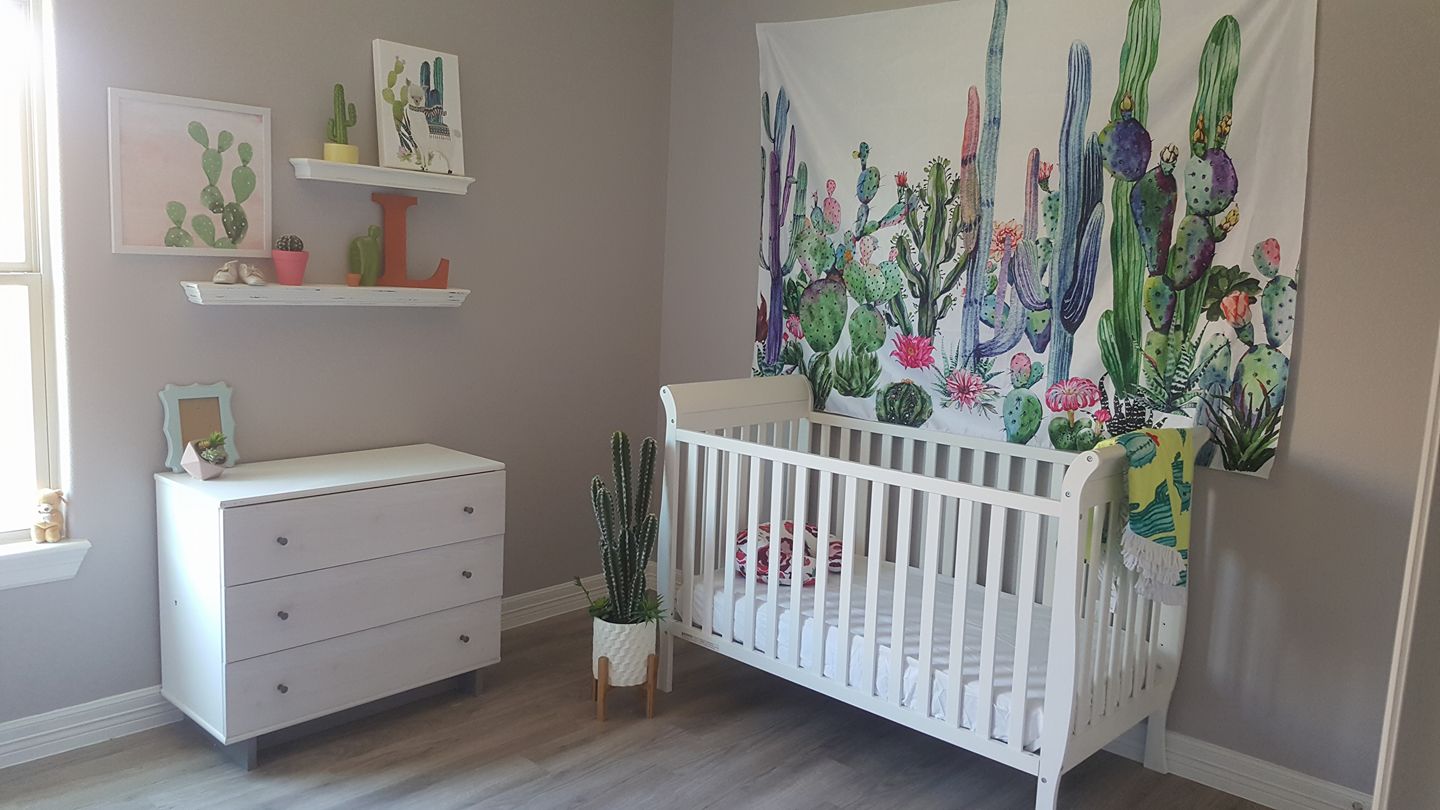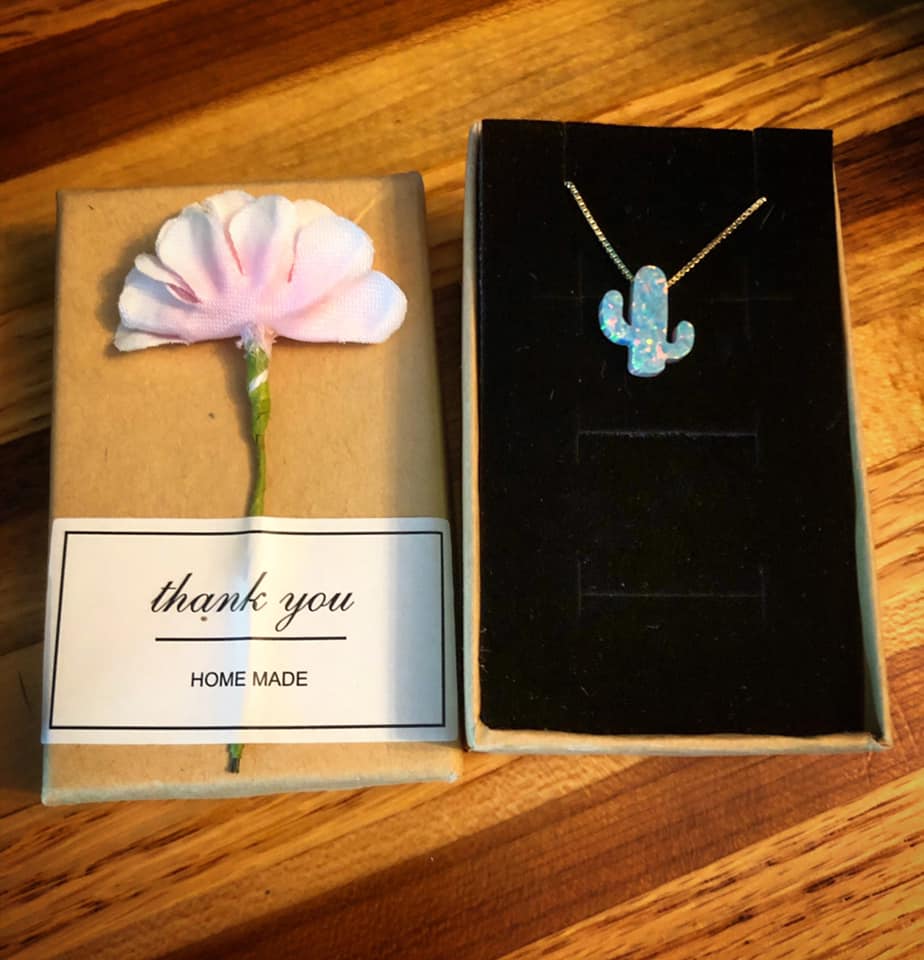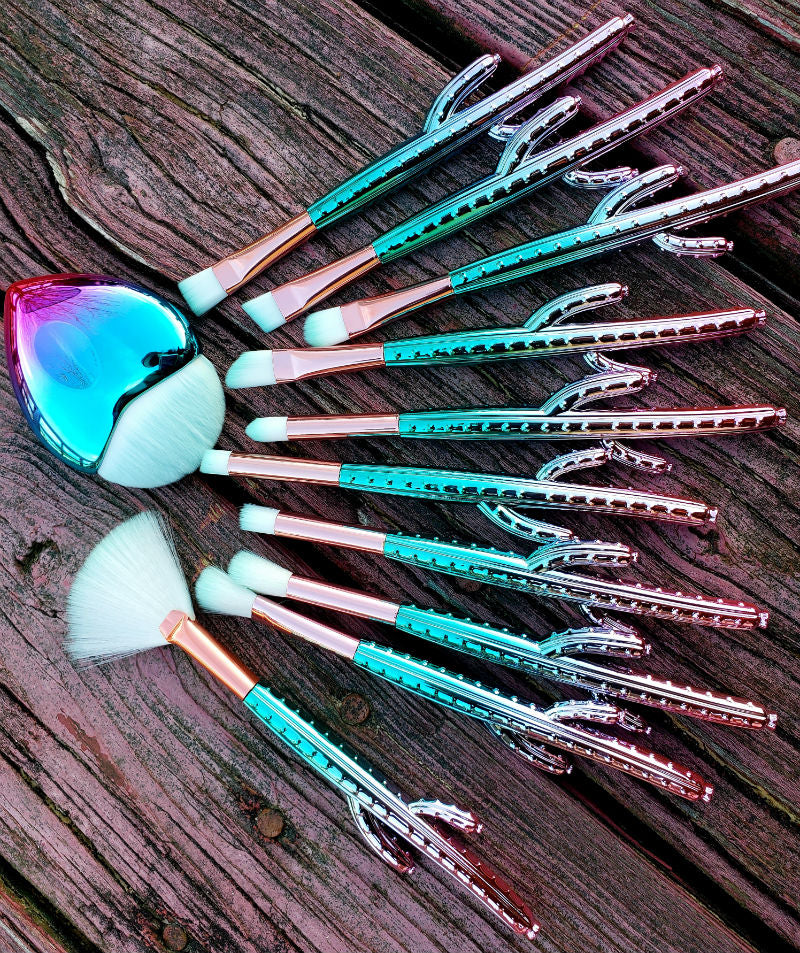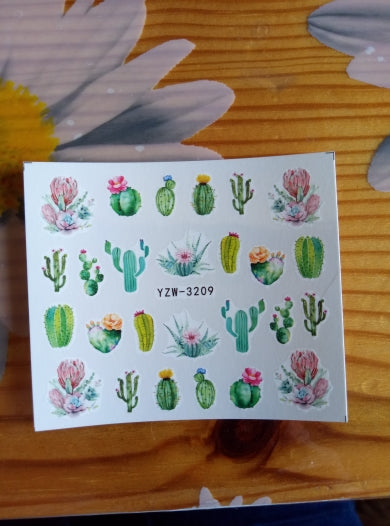
Seasonal Care Tips for Succulents: What to Do Throughout the Year
Here we share the steps for keeping your succulent garden healthy and happy all year long!
Whether you're a long-time succulent lover or just beginning to grow these amazing plants, knowing what they need each season is key to keeping them healthy.
Why does seasonal succulent care matter? Because succulents aren't just regular houseplants – they're tough and can survive in harsh conditions. But to help them grow their best, you need to understand what they need in each season.
As the seasons change, your succulents' needs change too. Ignoring these seasonal changes can lead to poor growth, pest problems, or even the death of your favorite plants.
But don't worry! Our complete guide will teach you all you need to know to keep your succulents happy and healthy all year long.
So, put on your gardening gloves, and let's explore the amazing world of seasonal succulent care.
Spring Succulent Care
Spring is a time of new growth, and your succulents feel it too. As the days get longer and warmer, it's time to give your plants the care they need to get ready for the growing season.
Cleaning Up After Winter
After a long winter, your succulents might have dead leaves, old soil, and other things around them. Cleaning up this winter mess is important so your plants can breathe and get enough sunlight and air.
Gently take off any fallen leaves from the soil. These leaves can have mold and succulent pests that are bad for succulent health.
Next, check the soil. If it's hard or has mold, think about repotting your succulents with fresh, well-draining soil. This refreshes their space and gets them ready for the succulent growth season.
Succulents do best in light, well-draining soil, so pick a mix that lets water drain easily and keeps the roots from staying too moist.
Choose Your Healthy Succulent Soil Here: https://amzn.to/44Q2SW8
Checking for Pests and Diseases
As you're cleaning up, take a close look for any signs of succulent pests or diseases. Common pests like aphids, mealybugs, and spider mites can harm your plants if they're not dealt with.
Check the leaves and stems for tiny insects or unusual spots and discoloring, which can be signs of pest infestation.
If you find pests, treat them right away with organic solutions like neem oil or insecticidal soap. These are gentle on your plants but work well against pests. Also, remove any affected succulent leaves to stop pests from spreading to healthy parts of the plant.
Diseases like fungal infections or succulent root rot can also be a problem in spring. Check the roots and base of your plants for signs of rot or decay. If you see any mushy or discolored roots, trim them off and treat the plant with a fungicide.
Keeping your succulents healthy and disease-free will help them grow strong in the coming months. By clearing out winter debris and checking for pests and diseases, you're giving your succulents a great start for the new season.
With a clean and healthy foundation, your plants are ready to thrive as spring goes on.
Next, we'll look into how to help your succulents grow better with proper watering and sunlight...
Repotting Succulents
Spring cleaning isn’t just about tidying up; it’s also the perfect time to repot your succulents. Repotting can give your plants a fresh start, with more room to grow and thrive all year.
Checking for Root-Bound Plants

First, you need to check if your succulents are root bound. A root-bound plant has outgrown its pot, with roots tightly packed and circling the container.
Gently take your succulent out of its pot and look at the roots. If they are tightly wound around the soil with little room to grow, it's time to repot your plant.
Healthy roots should be white or light tan and feel firm. If you see black, mushy roots, they are rotting and should be trimmed off with clean scissors.
After checking and trimming the roots, it's time to pick a new pot and soil for your succulent.
Choosing the Right Pot and Succulent Soil
The right pot is very important for your succulent’s health. Succulents prefer pots with good drainage to keep water from sitting at the bottom and causing root rot.
Choose pots with drainage holes, made from breathable materials like terracotta or unglazed ceramic. These materials let extra moisture escape, keeping your succulent’s roots dry and healthy.
Not all soil mixes are the same. Succulents need well-draining soil to mimic their natural dry habitats. Regular potting soil holds too much water and can cause root rot.
Instead, use a special succulent or cactus mix, or you can make your own by mixing regular potting soil with coarse sand or perlite. This helps water drain quickly, preventing overwatering and keeping the roots healthy.
Choose Your Healthy Succulent Soil Here: https://amzn.to/44Q2SW8
Once you have the right pot and soil, gently place your succulent in its new container. Add your succulent soil mix around the roots, but don’t pack it too tightly.
Give your succulent a light watering to help it settle in. Let the soil dry out completely before watering again to prevent shock and help the roots grow strong.
By checking for root-bound plants and picking the right pot and soil, you give your succulents the best environment to grow. This important step helps make sure your succulent garden will be healthy and thrive all year long.
Next, we'll talk about how to protect your succulents from the hot summer sun and give them the right amount of water. Stay tuned as we keep exploring seasonal succulent care.
Summer Succulent Care
Monitoring Soil Moisture Levels
Checking on soil moisture is very important in summer. Too little water can make your succulent shrivel, and too much can make it rot. Here are some tips on watering succulents to keep the right moisture balance in your soil.
First, use your finger to check the soil. Stick it in about an inch deep. If it feels dry, it's time to water. You can also use a soil moisture meter for a more accurate reading. These tools show you exactly how wet or dry the soil is, making watering easier.
Also, watch your plants for signs of stress. Are the leaves shriveling or puckering? This usually means they need more water. If the leaves are becoming see-through or mushy, you might be overwatering succulents.
It's also good to know what each type of succulent needs. Some, like Haworthias, need more water, while others, like Echeverias, can go longer without it. Understanding these details really helps with your succulent maintenance.

Haworthias Succulent Plants

Echeverias Succulent Plants
By watering more often and keeping an eye on the soil moisture, you can make sure your succulents stay hydrated and happy during the hot summer months. Proper watering is very important for succulent care, especially when they are growing the most.
Next, we’ll talk about the importance of giving your succulents enough sunlight. We’ll also show you how to move your succulents to brighter spots without causing succulent sunburn. Stick around to learn the basics of light management for healthy, thriving succulents.
Providing Adequate Sunlight
Sunlight is important for succulents to show off their vibrant colors and stay compact. However, you need to be careful when moving them to brighter spots to avoid sunburn.
In this segment, we’ll show you how to give your succulents the light they need without risking sunburn.
Moving Succulents to Brighter Spots
As the days get longer and the sunlight gets stronger, it's a good time to move your succulents to sunnier spots. But do this slowly. Sudden bright light can shock your plants and cause sunburn.
Start by putting your succulents in a spot with indirect light, like a shaded patio or a place with filtered sunlight. Slowly give them more light over one to two weeks. This lets your succulents get used to the brighter light without getting damage.
If you're moving your plants from indoor succulents to outdoor succulents, start by covering them with a sheer cloth, and then take it off once they are used to the direct sunlight.
Succulents that get used to more light the right way will show bright colors and grow strong. They’ll be ready to soak up the sun and use it for growth energy. Be patient during this change to keep your plants from getting stressed.
Avoiding Sunburn
Even succulents can get too much sun. If you see white, faded, or burnt spots on the leaves, that’s sunburn. Sunburned spots can't get better, so it's important to keep it from happening.
To prevent sunburn, watch how much sun your succulents get, especially during midday. If you see signs like wilting or discoloration, quickly move them to a shadier spot.
You can use shade cloths, garden umbrellas, or even place taller plants nearby to give them some shade during the hottest part of the day.
Also, think about the type of succulent you have. Some, like Haworthias and Gasterias, like partial shade, while others, like Echeverias and Sedums, love full sun. Giving each type the right amount of light helps prevent sunburn and keeps them growing healthy.

Gasterias Succulent Plants
Sedum Succulent Plants
By gradually moving your succulents to brighter spots and watching out for sunburn, you can make sure they get the right amount of sunlight for healthy, lively growth. Managing light is essential for succulent care, especially during the sunniest times of the year.
Preparing for Fall Succulent Care
When summer starts to turn into fall, it's time to change how you care for your succulents to get them ready for the cooler months. Fall is a transition period, and getting things right can help your succulents stay healthy as they go into their resting stage.
Watering Succulents
When fall starts, the temperatures start to drop, and your succulents grow more slowly. This means you should water them less often. If you water too much during this time, it can cause root rot because the water evaporates slower in the cooler weather.
As the weather gets cooler, start watering your succulents less often. Instead of watering frequently like in summer, give them a good soak every few weeks. Make sure the soil is completely dry before you water again to avoid too much moisture around the roots.
Bringing Succulents Indoors
If you have succulents outdoors, especially in pots, bring them inside before it gets too cold. Many succulents can't handle freezing temperatures, and even a little frost can cause them heavy damage.
When you bring your succulents inside, put them where they get bright, indirect light. South or east-facing windows are great. If there isn't enough natural light, use grow lights to make sure your plants get enough light during the shorter fall days.
Succulent Grow Lights: https://amzn.to/3WQUi7C
Pest Control for Succulents
Before bringing your succulents indoors, check them carefully for pests. Outdoor pests like aphids and mealybugs can come inside and spread to other plants. Look for signs of bugs, webbing, or sticky debris on the leaves and stems.
If you find pests, treat your succulents with a pesticide or insecticidal soap before bringing them inside. This will keep your indoor plants healthy during the winter months.
Winter Succulent Care
Winter is a resting time for most succulents. Knowing what they need during this period is important to help them stay healthy and get ready to grow again in the spring.
Reduce Watering Succulents
During winter, succulents rest and need much less water. Overwatering is a common problem. Water them only when the soil is completely dry, which might be just once every four to six weeks.
Providing Adequate Succulent Lighting
Winter's shorter days and lower light levels can be tough for succulents. Place your indoor succulents near bright windows to get as much natural light as possible.
If they still don't get enough light, use grow lights to help them stay compact and healthy and avoid having them become leaning and stretched.
Maintaining Proper Succulent Temperature
While succulents can handle cooler temperatures, they prefer to stay above freezing. Keep the lowest indoor temperatures between 50°F and 60°F (10°C to 15°C) to match their natural winter conditions.
Avoid putting succulents near drafty windows or heaters, as sudden temperature changes can stress them.
By watering less, giving enough light, and keeping the right temperature, you can keep your succulents healthy and vibrant during winter. Taking good care of them now will help them grow strong in the spring.
Taking care of your succulents in different seasons is key to keeping them stay healthy and vibrant all year. By understanding and meeting their changing needs, you can help them thrive in every season.
Whether it's spring cleaning, adjusting water and light in summer, getting ready for fall, or managing winter dormancy, each step is important for their health and growth.
With these seasonal care tips for succulents, you'll have a beautiful succulent collection all year round!
As an Amazon Associate we earn from qualifying purchases













